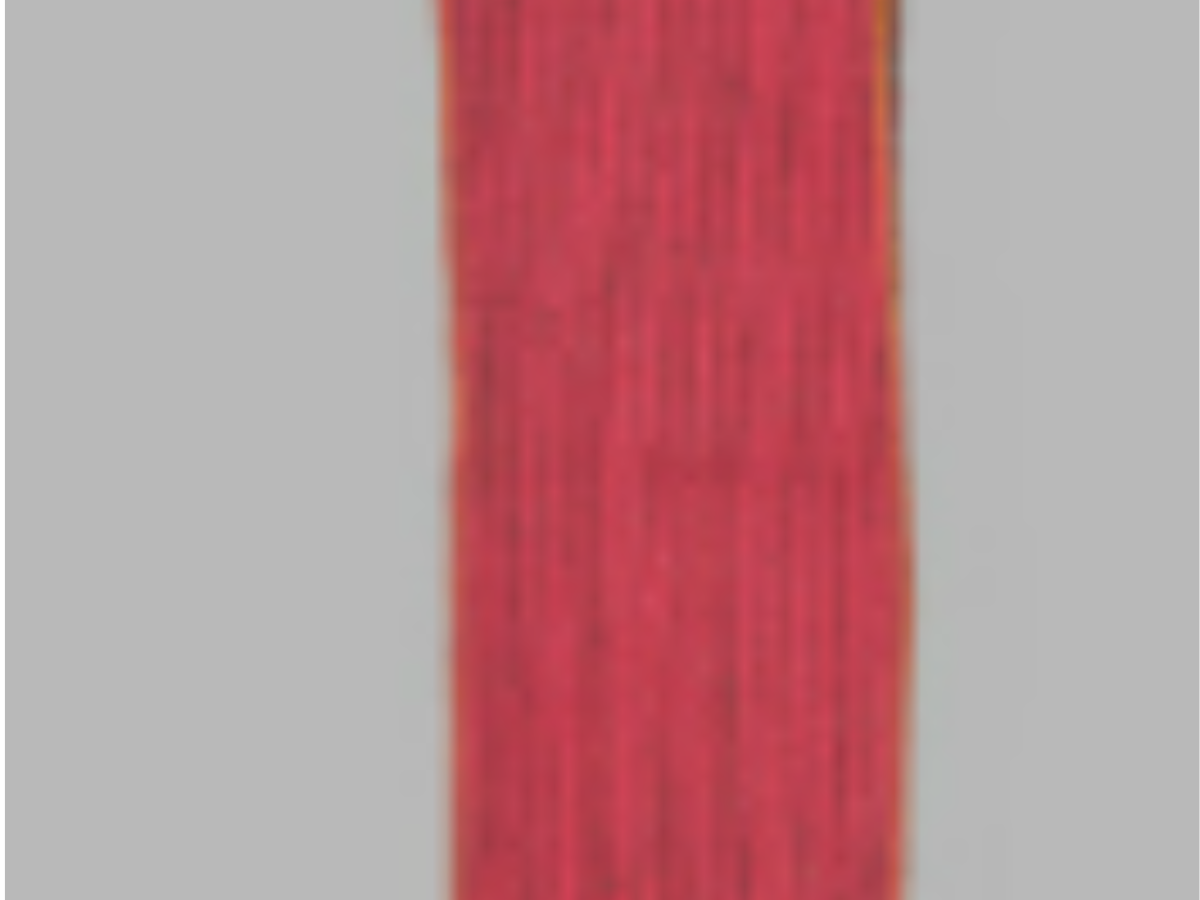State
Tribe Name
Art Type
short description
The most significant traditional attire worn by the Adi tribe, primarily indigenous to Arunachal Pradesh, India, is the textile waistband. The woven waistband has deep red-colored fringed ends, which stand for the rich textile heritage and crafting skills of the tribe.
Thumbnail

Filter Postion
Left
Filter Background
Off
Theme
Filter Header Image

content
Image

description
The most significant traditional attire worn by the Adi tribe, primarily indigenous to Arunachal Pradesh, India, is the textile waistband. The woven waistband has deep red-colored fringed ends, which stand for the rich textile heritage and crafting skills of the tribe.
Women from the Adi community weave the waistband using a traditional backstrap loom handed down from generation to generation. The patterns woven in a haphazard manner lean mostly towards the painstaking work of artisans whose craftsmanship guarantees them for both aesthetic and durability qualities. The waistband's deep red color is from natural dyes made from minerals and plants sourced by the tribe in connection with their nature. The fringes act as decoration on the waistband but are functional as well.
Traditionally, both men and women use the textile waistband to attend cultural events, festivals, and daily routines. Also, it acts as supplementary material restricting dresses, ensuring the customs and their identity. Apart from that, this waistband, along with some more Traditional dresses like the galuk (coat) or galle (wraparound skirt) help elaborate the vast textile culture of the tribe.
With increasing modernity affecting the traditions of the old form, several approaches are strategically aimed at preserving the tradition of the Adi weaving process. Local artisans and cultural organizations are collaborating to promote and sustain the art in these handcrafted waistbands to further thrive in the textile heritage of the tribe.
Women from the Adi community weave the waistband using a traditional backstrap loom handed down from generation to generation. The patterns woven in a haphazard manner lean mostly towards the painstaking work of artisans whose craftsmanship guarantees them for both aesthetic and durability qualities. The waistband's deep red color is from natural dyes made from minerals and plants sourced by the tribe in connection with their nature. The fringes act as decoration on the waistband but are functional as well.
Traditionally, both men and women use the textile waistband to attend cultural events, festivals, and daily routines. Also, it acts as supplementary material restricting dresses, ensuring the customs and their identity. Apart from that, this waistband, along with some more Traditional dresses like the galuk (coat) or galle (wraparound skirt) help elaborate the vast textile culture of the tribe.
With increasing modernity affecting the traditions of the old form, several approaches are strategically aimed at preserving the tradition of the Adi weaving process. Local artisans and cultural organizations are collaborating to promote and sustain the art in these handcrafted waistbands to further thrive in the textile heritage of the tribe.
Image Mode
landscape
promoted
On
Verified
Off
